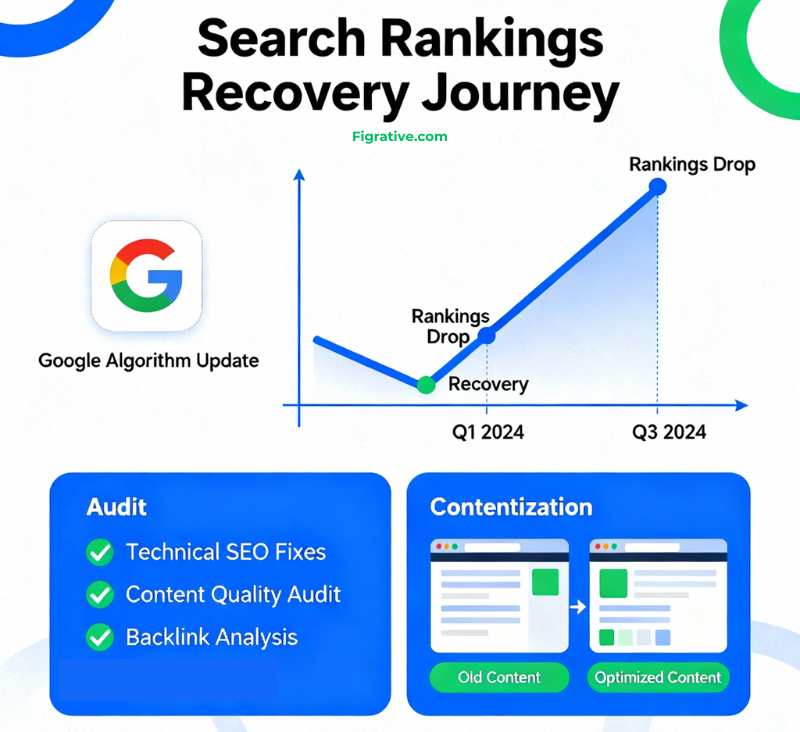In the competitive landscape of local search, ranking well isn’t just about ticking technical SEO boxes—it’s about outmaneuvering your competitors. A solid local SEO strategy must include detailed competitor analysis. Understanding what your rivals are doing right (and wrong) can help you identify gaps, unlock opportunities, and ultimately gain an edge that drives targeted traffic and revenue.
Why Competitor Analysis is Essential in Local SEO
Before jumping into the “how”, let’s explore the “why”.
- Local SEO is highly competitive – Whether you’re a “plumber in Manchester”or a “dentist in Brixton”, you’re competing for visibility in a limited geographical area.
- Google’s Local Pack is prime real estate – Only three businesses appear in the coveted Local Pack. Understanding who holds those positions (and why) is key to breaking in.
- Customer behavior is hyper-local – People searching “near me” want results that are immediate and trusted. That means SEO strategies must be precise.
Competitor analysis allows you to:
- Benchmark your performance against others
- Discover keyword opportunities
- Identify backlink gaps
- Understand local citation profiles
- Improve on-page signals
- Adapt to content strategies that work
Step-by-Step Guide to Conducting a Local SEO Competitor Analysis
1. Identify Your True Local Competitors
Start by defining who your real competitors are. This isn’t always who you think.
Use search queries like:
- “your service + city/town”
- “best + service provider + near me”
- “top-rated + service + in [location]”
Make a list of businesses that consistently appear in:
- Google Local Pack
- Organic search results (first page)
- Google Maps
- Local business directories (Yelp, Yell, etc.)
Focus on the top 3–5 competitors who dominate these spaces.
2. Audit Their Google Business Profiles (GBPs)
The Google Business Profile is the cornerstone of local visibility. Here’s what to analyze:
- Categories used – Are they using primary or secondary categories that you’re missing?
- Business name stuffing – Are they keyword-stuffing titles to gain an edge?
- Photos and updates – Frequency and quality of uploaded content
- Reviews and ratings – Volume, velocity, sentiment, and response strategy
- Posts – Are they using GBP posts to promote offers or updates?
- NAP consistency – Is their name, address, and phone number identical across listings?
Action Tip: Use tools like GMB Everywhere or PlePer Chrome extensions to streamline this.
3. Analyze On-Page SEO Factors
Visit the websites of your competitors and look at:
- Homepage and location pages – Are they optimized for local keywords?
- Title tags and meta descriptions – Do they include geo-targeted keywords?
- Schema markup – Are they using LocalBusiness or Service schema?
- Internal linking – How are they guiding users (and Google) through local content?
- Content depth – Are they blogging about community events, local guides, or frequently asked questions (FAQs)?
Action Tip: Tools like Screaming Frog, Surfer SEO, or Page Optimizer Pro can help assess on-page SEO competitiveness.
4. Spy on Their Backlink Profile
Backlinks remain an influential ranking factor, especially for local SEO.
Check:
- Total number of referring domains
- Quality and relevance of backlinks
- Local backlinks – Are they listed in local chambers, newspapers, blogs?
- Niche directories – Industry-specific directories often fly under the radar
Tools to use:
- Ahrefs
- SEMrush
- Moz Link Explorer
Action Tip: Create a list of link sources you can also acquire, like industry blogs, local sponsorships, or guest posting opportunities.
5. Check Their Local Citations and NAP Consistency
Citations are mentions of your business’s name, address, and phone number across the web. Inconsistent citations confuse Google and weaken local authority.
Use tools like:
- Whitespark
- BrightLocal
- Moz Local
Compare:
- Where your competitors are listed (and you are not)
- The consistency and accuracy of their NAP information
- Action Tip: Build or clean up your citations to match or exceed theirs.
6. Review and Analyze Their Content Strategy
Content is how businesses demonstrate authority. Examine:
- Blog frequency and topics – Are they posting about local news, guides, or industry trends?
- Location-based content – City landing pages, “Best of” lists, case studies
- Engagement metrics – Comments, shares, backlinks
- Visual content – Use of images, videos, infographics
Action Tip: Create a content calendar inspired by what’s working for competitors—only better.
7. Evaluate Technical SEO and Website UX
Google’s Core Web Vitals and mobile usability have a significant impact on local rankings.
Use:
- Google PageSpeed Insights
- GTmetrix
- Google Mobile-Friendly Test
Compare load speed, site structure, and mobile responsiveness.
Also, look at:
- Clear calls to action
- Clickable phone numbers and addresses
- Embedded maps and trust signals (reviews/testimonials)
How to Use These Insights to Gain a Competitive Edge
Now that you’ve collected valuable intel, here’s how to leverage it effectively:
✅ Target Unused Keywords
Find keywords your competitors rank for—but you don’t. Use these in your content, metadata, and GBP posts to bridge the gap and attract new traffic.
✅ Build Better Location Pages
If competitors are ranking with weak or thin location pages, double down by creating in-depth, well-structured pages with testimonials, case studies, and FAQs.
✅ Outdo Their GBP Optimization
If they’re not posting regularly, start weekly updates. If they’re not replying to reviews, you should. Visuals and GBP engagement are often underestimated.
✅ Acquire Superior Backlinks
Find their backlink sources and one-up them. Offer better content, pitch collaborations, or get involved in more meaningful local sponsorships.
✅ Improve User Experience
Beat them in site speed, mobile usability, and conversion-focused design. Better UX equals better rankings and higher conversion rates.
✅ Be Locally Active
If they’re not involved in community efforts or local press, use this as an opening. Local PR and real-world involvement often translate into online authority.
Outranking Competitors Is a Continuous Game
Local SEO for Professionals is not a set-and-forget strategy—it’s an ongoing effort to maintain visibility and relevance. A thorough competitor Audit empowers you with clarity, direction, and an actionable plan to:
- Rank higher in local search
- Drive more targeted traffic
- Convert more leads into paying customers
By constantly analyzing and adapting, you won’t just keep up with your local competition—you’ll leave them behind.
Need help analyzing your local SEO competitors or implementing a Full winning SEO strategy? Let’s chat about how to boost your rankings and dominate your local market.











